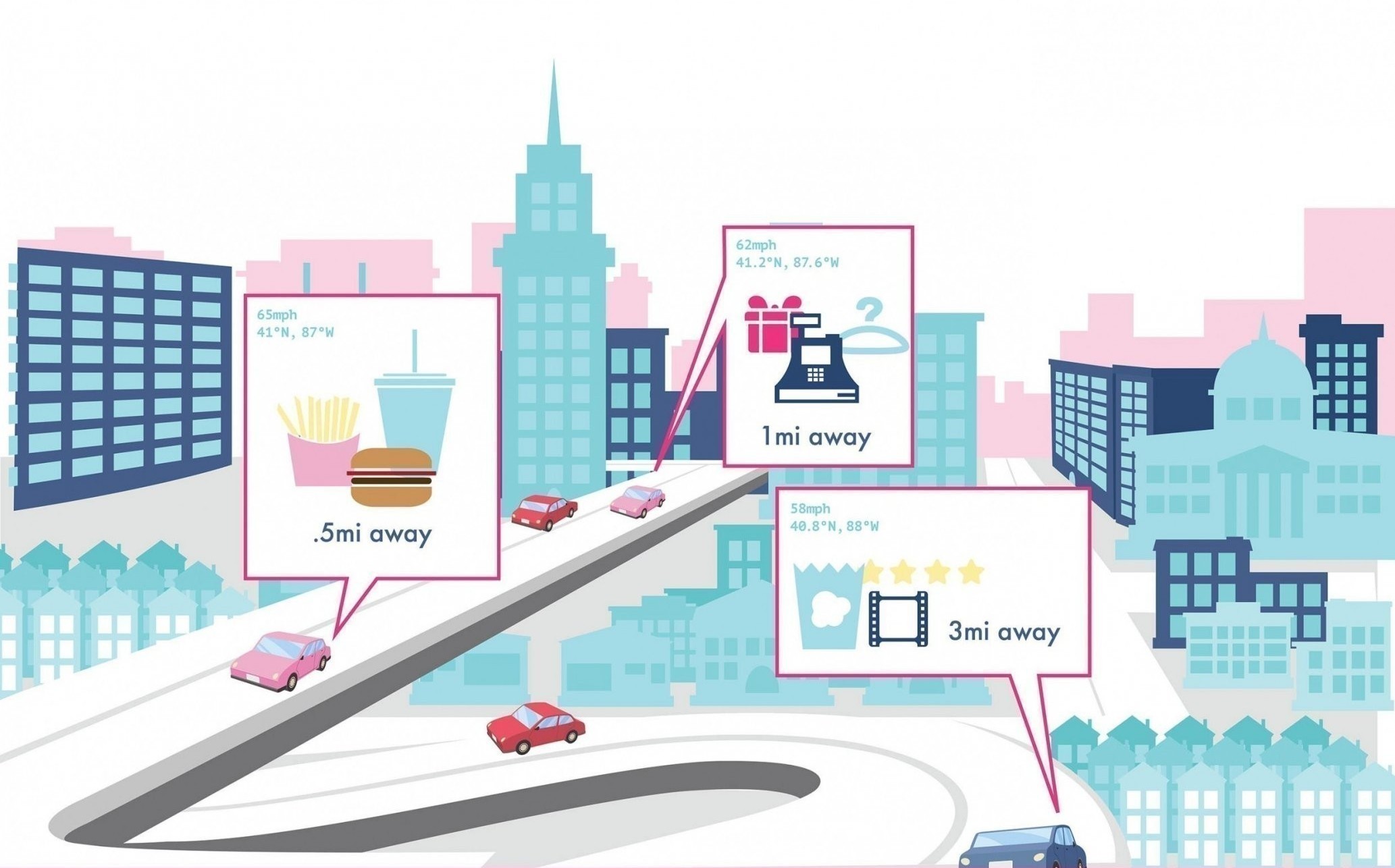Google may have finally found a way to freak out even the millennials with its latest ad delivery concept. It recently filed a patent for a velocity-based ad delivery system that, according to the patent (US 9280212 B1), Google could target and deliver mobile ads to users based on their speed, direction of motion and location.
But, while it may sound kinda creepy, there is some serious conversion power here.
The technology may also receive data on the fuel level of the vehicle the user is driving/riding in. So, if someone were traveling on an interstate with long distances between exits, Google might serve up ads about how far it is to the next gas station or what is available at the next stop. While a Google user who is traveling slower within the city may receive ads from local restaurants, shops or other nearby businesses.
Now, some folks will likely say, “Whoa! Is there no such thing as privacy?” But it’s not a way for Google to creep on consumers and gather information for ulterior motives — it’s about helping Google’s advertisers provide the right message at the right time to reel in the sale.
Users will need to opt in to allow such data collection, so it’s not spy software that will stealthily sneak into everyone’s phones to surreptitiously steal data. This is a service. Google would be sending users targeted information to help them decide whether to take that pee break at the next exit or wait for the one 10 miles down the road with a Starbucks.
The main idea behind the technology has a lot in common with another ad method we use online: retargeting ads.
The Ads That Follow You Online
Now, retargeting ads don’t hunt down potential customers while they’re in a moving vehicle. But they do target their online activities and serve up ads based on items they’ve reviewed, but didn’t buy. To the consumer, these ads seem to follow them all over the internet. But retargeting ads are a helpful tool of persuasion that can convert potential customers into sales. Just as the Google velocity-based ads will be. What we need to be vigilant about will be creating ads for these delivery systems that really grab potential customers with messages they will respond to. Otherwise, your ads will come across as spammy and annoying no matter where they show up.
Online ad targeting hasn’t reached Big Brother levels — yet. We’re still likely a few decades away from our world looking like a scene from Minority Report. But even if we do come to that, as long as our ads reach our target audience and provide the right information at the right time, we’ll still be producing effective advertising. And that’s what it’s all about.

